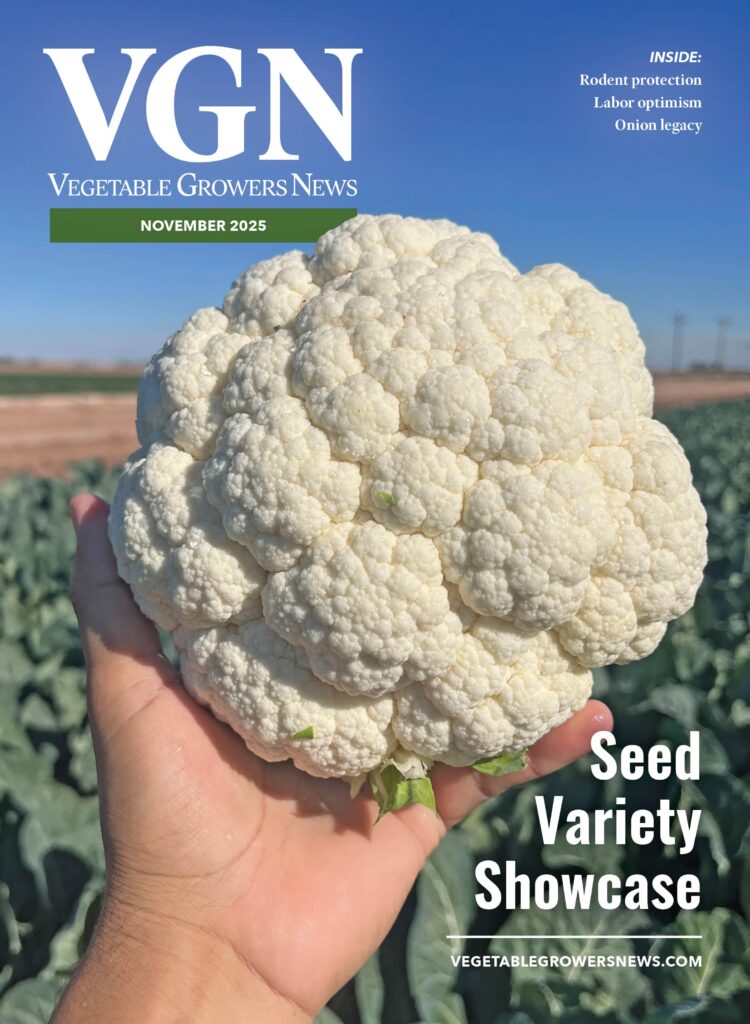As the report explains, supply chain disruptions did not equally affect every retailer, wholesaler or producer. Instead, smaller firms, especially smaller grocery retailers, disproportionately faced difficulties obtaining products compared to larger firms. Some larger firms were better able to protect their product supply compared to smaller competitors.
The pandemic also prompted some larger firms to consider buying manufacturing suppliers, which potentially threatens to make certain supply chains even more concentrated in the future. Taken together, the report’s findings reveal how supply chain bottlenecks can leave markets exposed to major supply chain shocks — and that those shocks, in turn, can allow major firms to entrench their dominance.
The report’s findings stem from orders the FTC issued in 2021 under Section 6(b) of the FTC Act to Walmart Inc., Amazon.com Inc., Kroger Co., C&S Wholesale Grocers Inc., Associated Wholesale Grocers Inc., McLane Co. Inc. Procter & Gamble Co., Tyson Foods Inc. and Kraft Heinz Co. The findings also draw from publicly available data on industry costs and revenues.
Competitive effects of supply chain disruptions
The report highlights several key insights regarding market structure and business conduct among grocery retailers, wholesalers and producers, as well as their effects on consumers.
Grocery retailer profits rose and remain elevated
Food and beverage retailer revenues increased to more than 6% over total costs in 2021, higher than their most recent peak in 2015 of 5.6%. In the first three quarters of 2023, retailer profits rose even more, with revenue reaching 7% over total costs, casting doubt on the assertions of some companies that rising prices at the grocery store are the result of retailers’ own rising costs.
Large purchasers sought favorable supplier allocations
Some companies, most often larger ones, re-imposed strict delivery requirements on their upstream suppliers during the height of the pandemic and threatened fines for noncompliance, pressuring suppliers to favor them over rivals. In some cases, suppliers preferentially allocated product to the purchasers threatening to fine, giving larger companies a competitive advantage over smaller retailers at a time when having products in-stock was a critical advantage for attracting customers.
Excessive consolidation recognized as a liability
During the pandemic, some retailers sought to diversify their supplier base, particularly of private label goods, as firms recognized the risks associated with having few suppliers available. Some firms buying goods in markets with few suppliers even began exploring whether to build or acquire manufacturing capacity to reduce their exposure to concentrated markets. The report warns, however, that moves by larger customers to buy one of the few remaining market participants rather than building that capability from scratch could leave the remaining buyers, notably smaller competing firms, even worse off.
Decrease in promotional spending
During the pandemic, manufacturer promotional spending on items in short supply declined. Companies employing the more traditional grocery retailing model that relies on manufacturer promotional spending to lower prices for products sometimes faced higher prices compared to other companies. Companies that used an “Every Day Low Price” strategy, in which producers consistently provide low wholesale prices rather than short-term promotional price reductions, were less affected when manufacturer promotional spending was curtailed.
The commission voted 3-0 to issue the staff report.
During the commission’s livestreamed meeting announcing the results of the report on March 21, Emily Coborn Wright spoke of the grocery chain started by her family more than 100 years ago, Coborn’s. Its 135 stores are in six states, and Coborn Wright, senior vice president of growth initiatives, said the chain is not small, but still feels the pressure of large retailer actions.
She said consolidation has left four retailers with a majority of the retail grocery business, using “their size to demand special treatment.”
“During the lockdown, the biggest chains cut to the front of the supply lines and helped themselves, leaving smaller competitors to fight for whatever scraps were left,” she said in her statement.
Commissioner Rebecca Kelly Slaughter, who issued a statement on the report, said research into retail profits will continue.
“The study found some indications that higher prices at the grocery store, which continued after the worst of the pandemic supply chain disruptions were resolved, were not simply mirroring the higher costs retailers faced, but actually may be reflective of higher profits for those retailers,” Slaughter said in the statement.
















